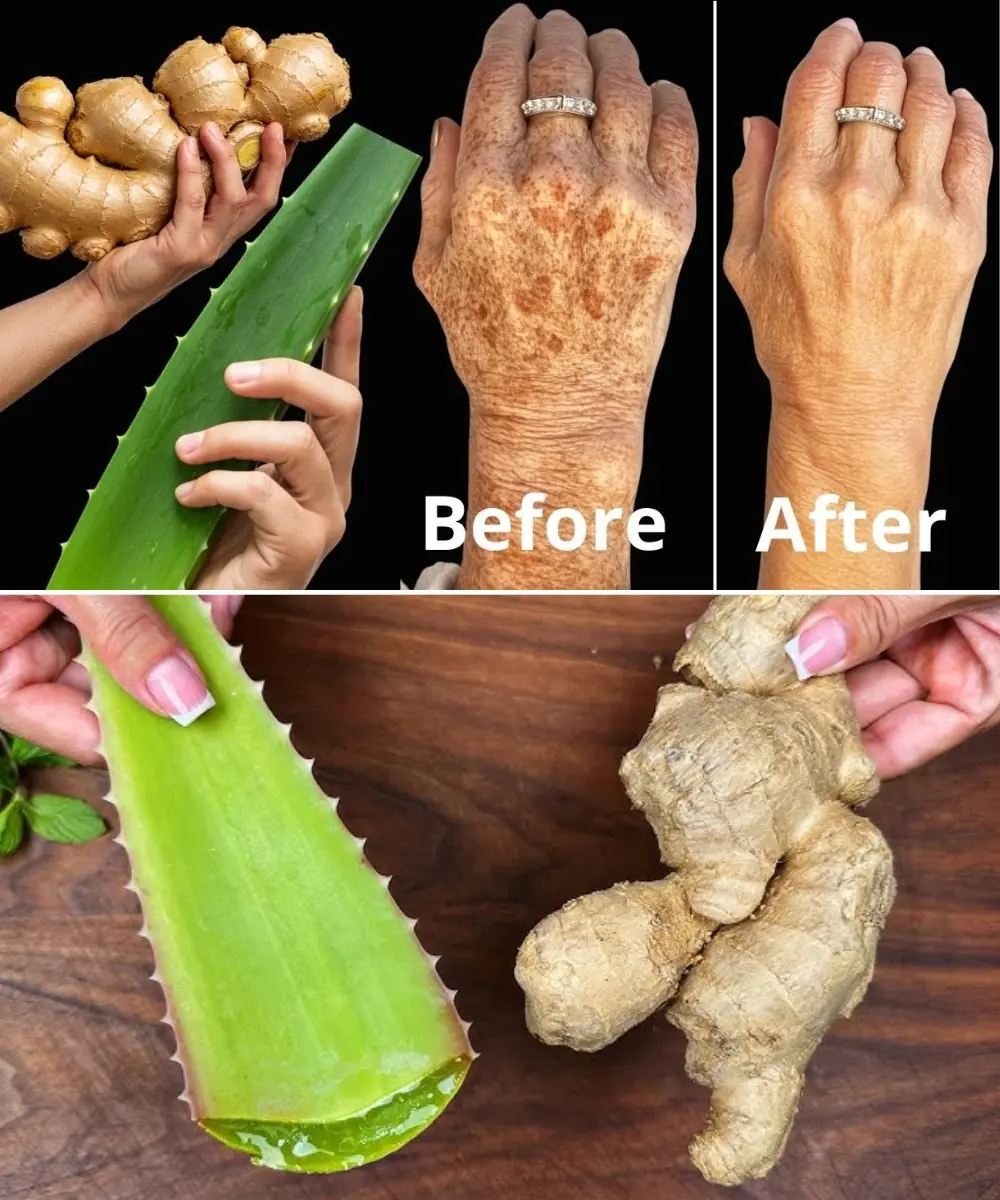
Pure vs. Adulterated Honey: How to Differentiate Real Honey from Fake with a Simple Water Test
oney has been treasured for centuries for its delicious sweetness and amazing health benefits. But as honey’s popularity grows, so does the problem of adulteration. Many commercial honey products are diluted with cheap syrups or artificial sweeteners, making it hard to know what’s real. Luckily, there’s an easy way to find out — the water test. Let’s uncover how to spot pure honey, how to test it at home, and why it matters for your health.

What Is Pure Honey vs. Adulterated Honey?
Pure Honey:
Pure honey is made by bees from flower nectar, with no added sugars, syrups, or chemicals. It keeps its natural enzymes, antioxidants, and nutrients — the key to its healing, antibacterial, and energizing properties.
Adulterated Honey:
Adulterated honey is mixed with corn syrup, glucose, or other sweeteners to increase profit. It may taste similar but lacks the natural benefits, texture, and aroma of authentic honey. Over time, this fake honey can lose its flavor and nutritional value.
The Water Test: A Simple Way to Check Your Honey
The water test is one of the easiest and most reliable ways to check if your honey is real. It works because pure honey is thick and dense — it doesn’t dissolve quickly in water. Adulterated honey, on the other hand, often contains added water or syrups that mix instantly.
How to Do the Water Test
-
Fill a glass halfway with water.
-
Add one spoonful of honey.
-
Watch what happens:
-
Pure Honey: It will sink to the bottom and stay there. Pure honey forms a thick layer because it’s denser and not easily soluble.
-
Adulterated Honey: It will start dissolving or form a cloudy mixture. This shows it has added sugars or water that reduce its density.
-
Why It Works
Pure honey’s density comes from its natural composition of fructose, glucose, and enzymes. Adulterated honey contains added water and syrups that make it lighter and more soluble — so it quickly mixes with water instead of staying intact.
Other Easy Honey Purity Tests
If you want to double-check your results, try these simple home methods:
-
Thumb Test: Drop a small amount of honey on your thumb. Pure honey stays still and thick; fake honey spreads or drips.
-
Flame Test: Dip a matchstick in honey and try to light it. Pure honey ignites easily, while adulterated honey may not burn due to added moisture.
-
Paper Towel Test: Put a drop of honey on a paper towel. If it spreads or gets absorbed, it’s likely fake. Pure honey stays thick and won’t soak through.
-
Crystallization Test: Over time, pure honey crystallizes naturally. If your honey stays runny for months, it may be adulterated or over-processed.
Why Choosing Pure Honey Matters
Real honey isn’t just a sweet treat — it’s a natural medicine. It supports digestion, boosts immunity, and provides antioxidant protection. Pure honey can help soothe sore throats, heal wounds, and give you lasting energy.
Adulterated honey, however, can contain hidden sugars and chemicals that contribute to weight gain, inflammation, and loss of the honey’s natural healing power.
How to Buy Genuine Honey
-
Choose honey from trusted beekeepers or brands that specify “100% pure” or “raw honey.”
-
Check the texture and color — pure honey is often slightly opaque or amber, not crystal-clear.
-
Read the ingredient label carefully. Avoid products listing “glucose syrup,” “fructose syrup,” or other additives.
-
Be cautious with prices that seem too cheap — real honey takes effort to produce.
Final Thoughts
With just a spoon, a glass of water, and a few seconds, you can test your honey at home and make sure it’s real. Pure honey not only tastes richer and thicker but also offers countless health benefits that fake honey simply can’t match.
Next time you bring home a jar, try the water test and enjoy your honey with confidence — knowing it’s pure, natural, and packed with goodness. 🍯✨
News in the same category

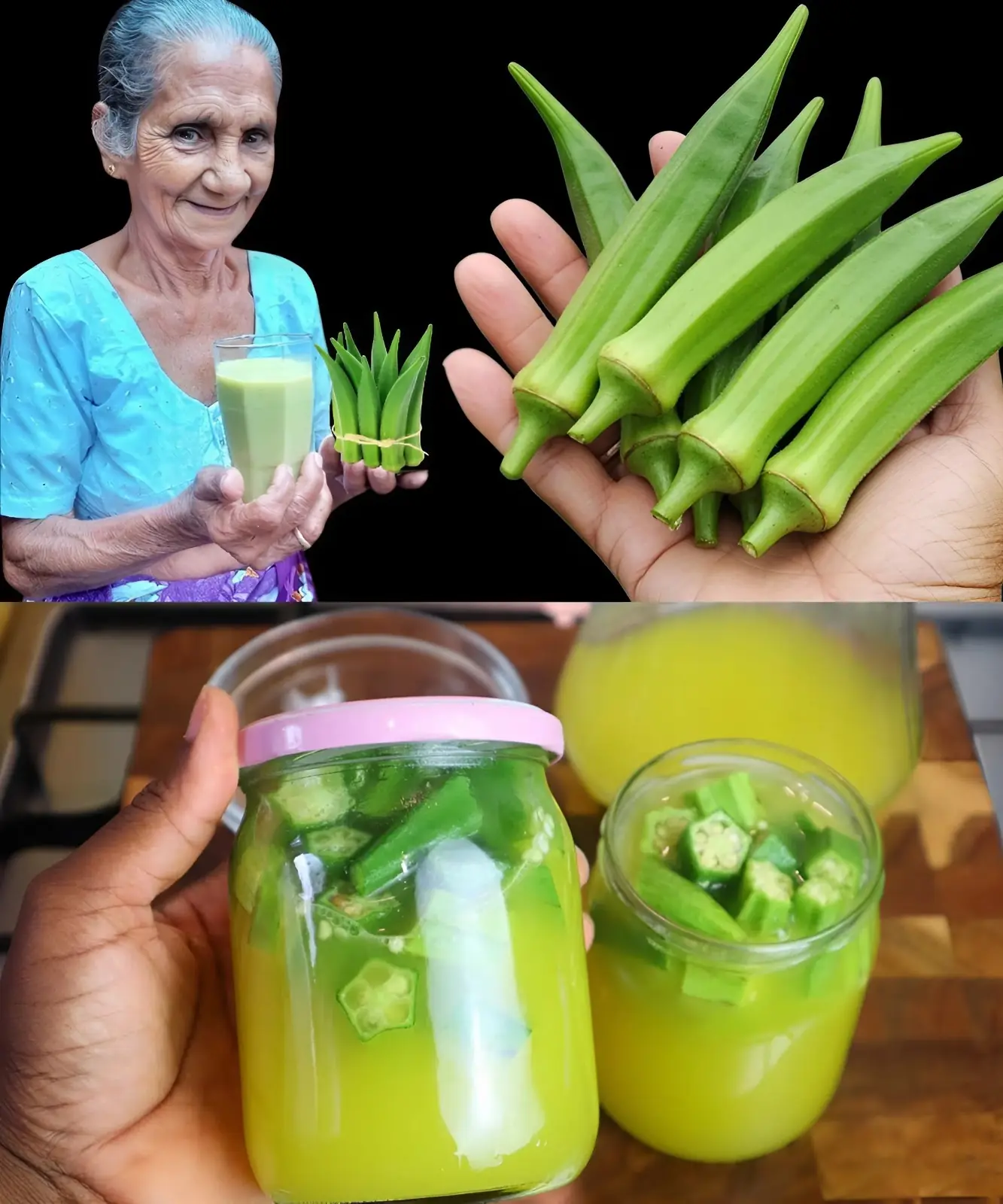
How to Make Okra Water to Treat 17 Health Problems Naturally
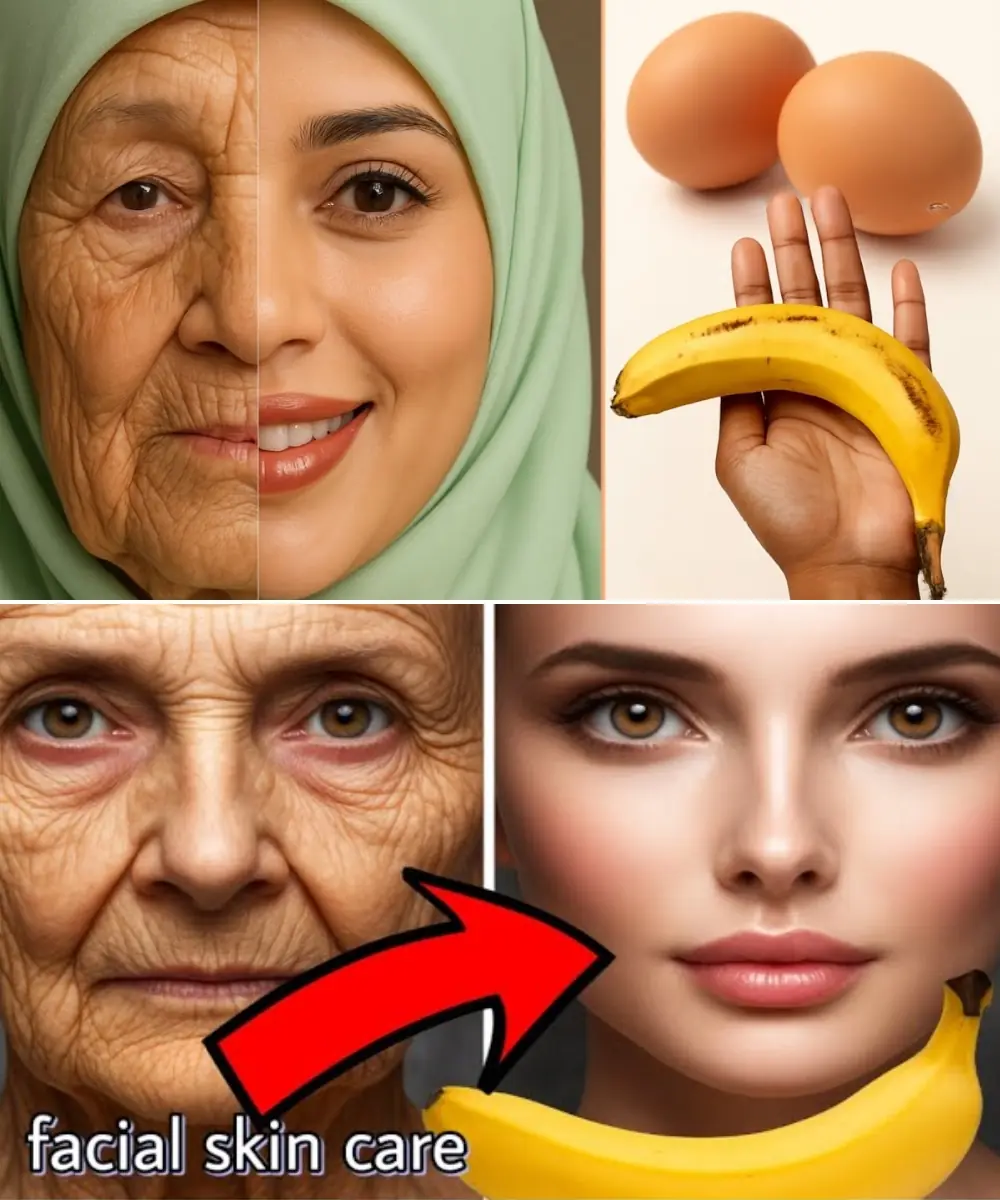
Banana and Egg Mask to Look Younger Even in Your 80s
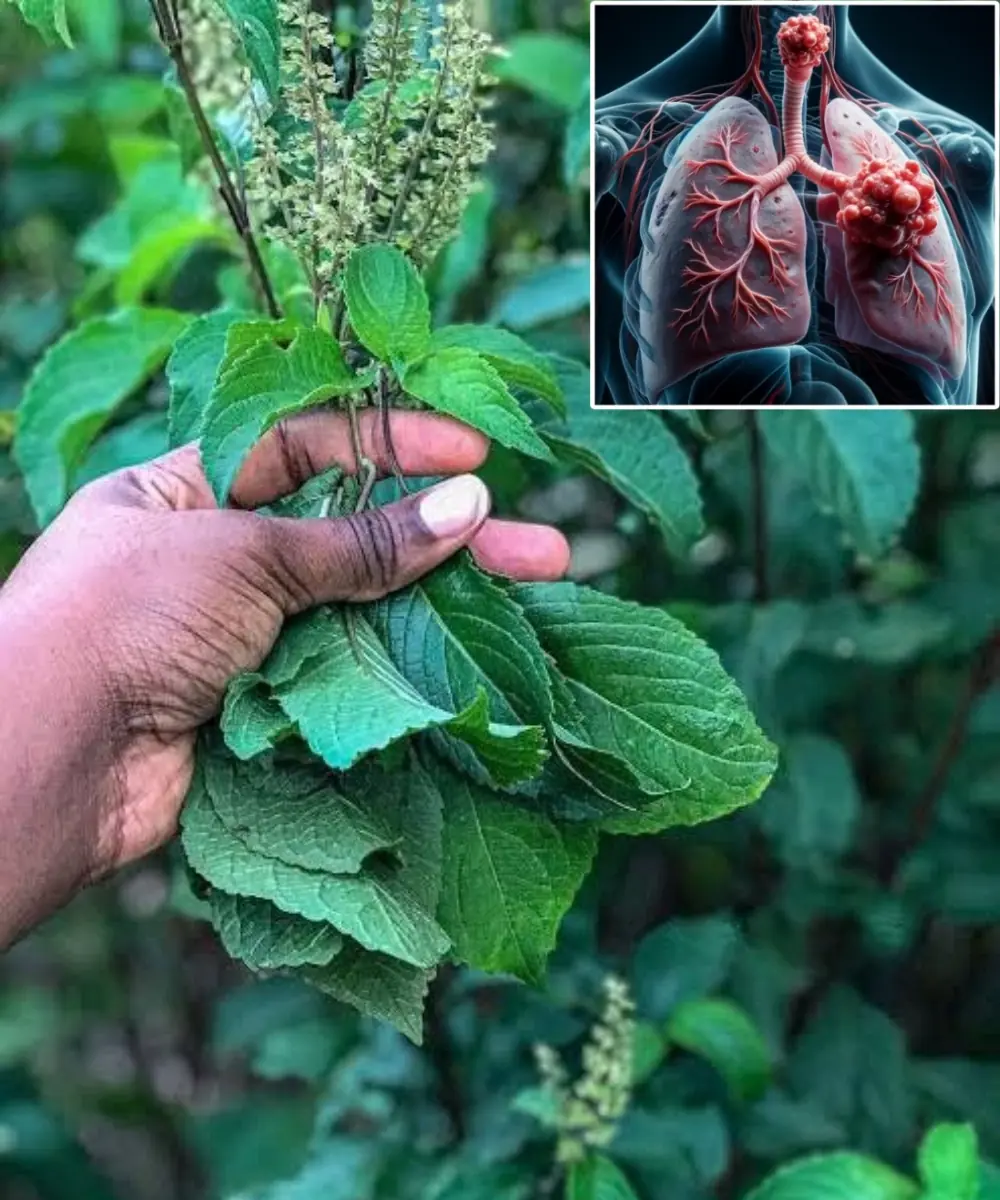
Scent Leaf Secrets Unveiled: 10 Surprising Health Benefits of This Miracle Herb
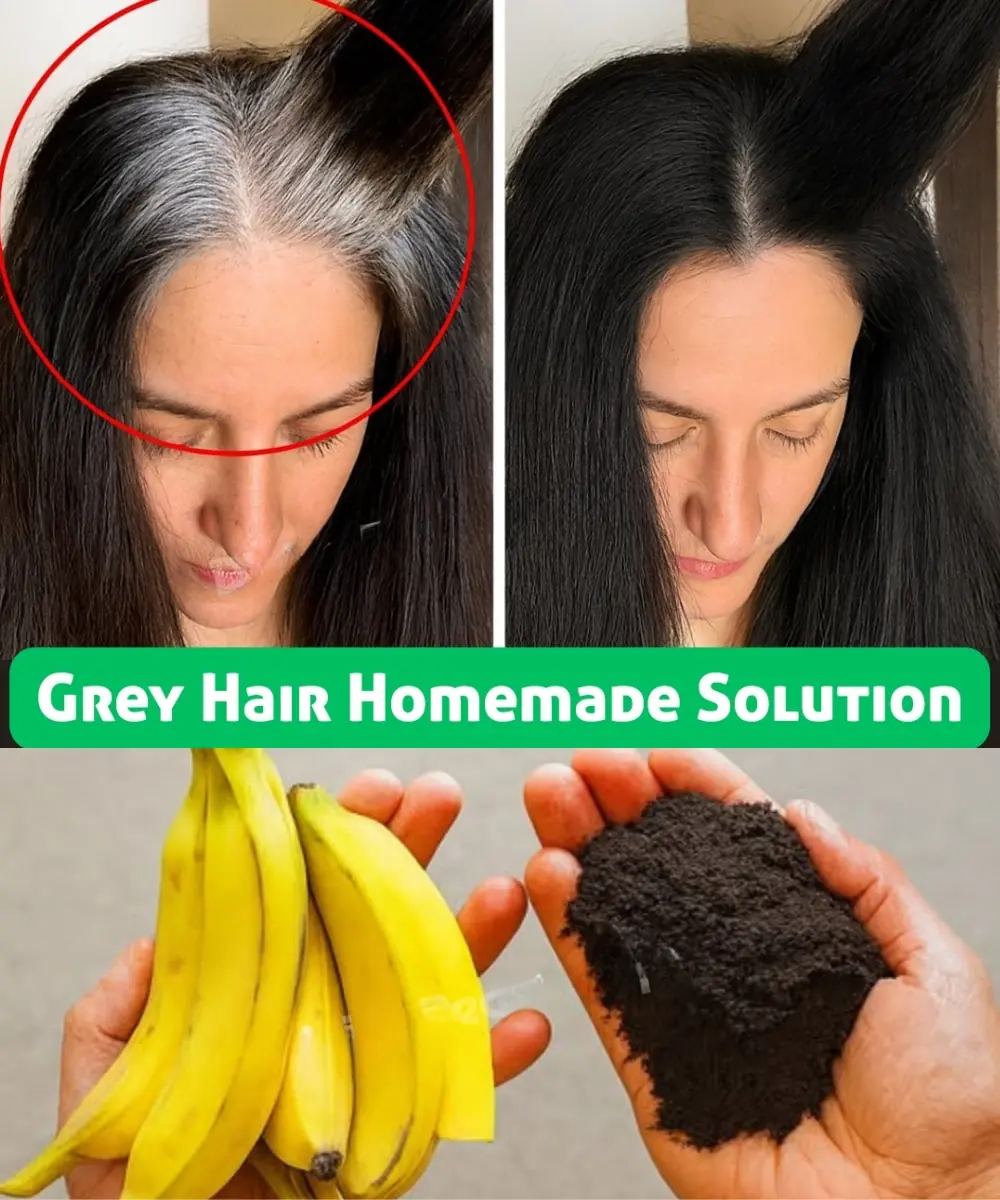
From White Hair to Black Hair Naturally in Just 5 Minutes — Fast Hair Growth Remedy
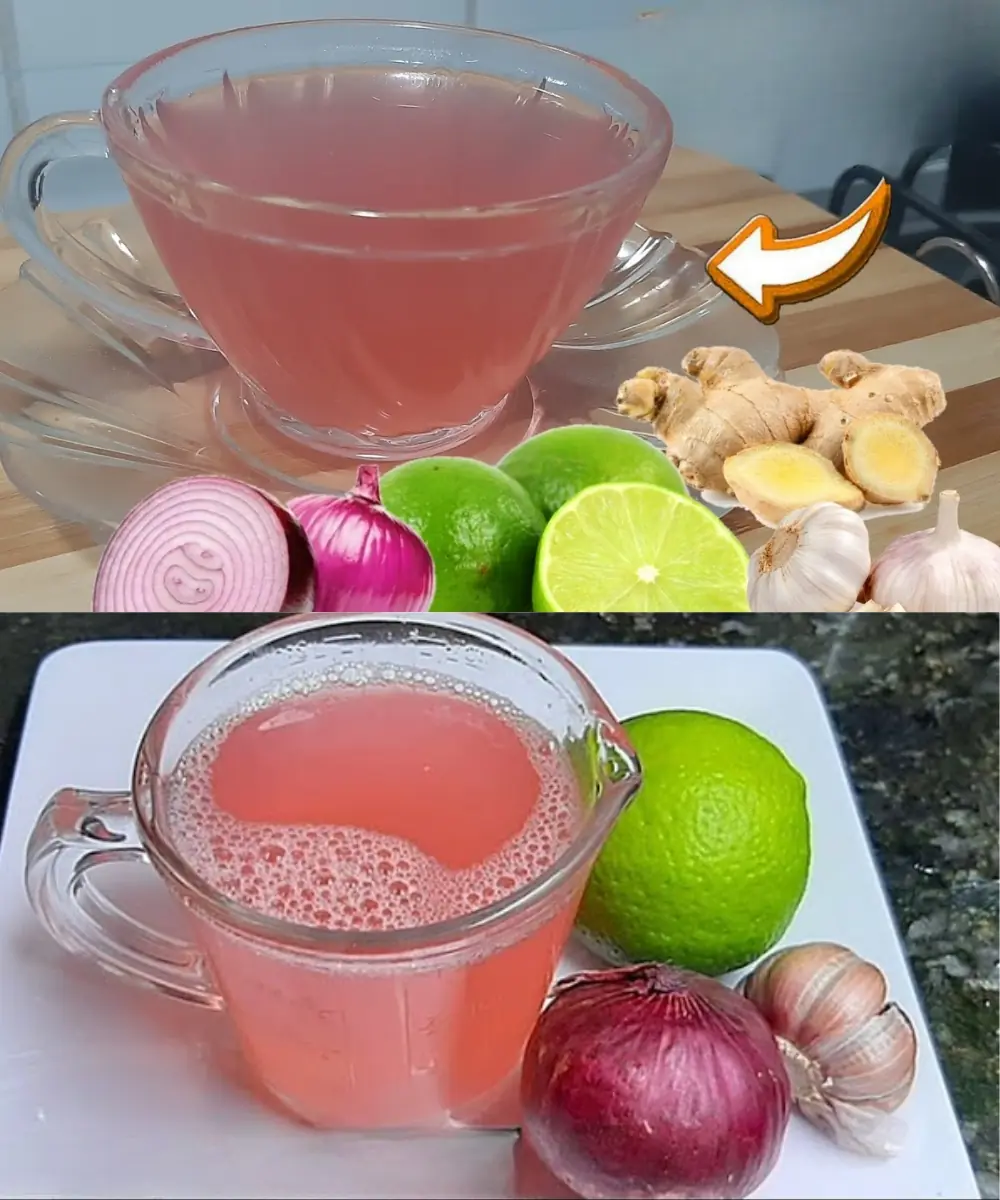
Boost Your Immune System Year-Round with Garlic, Onion, and Lemon
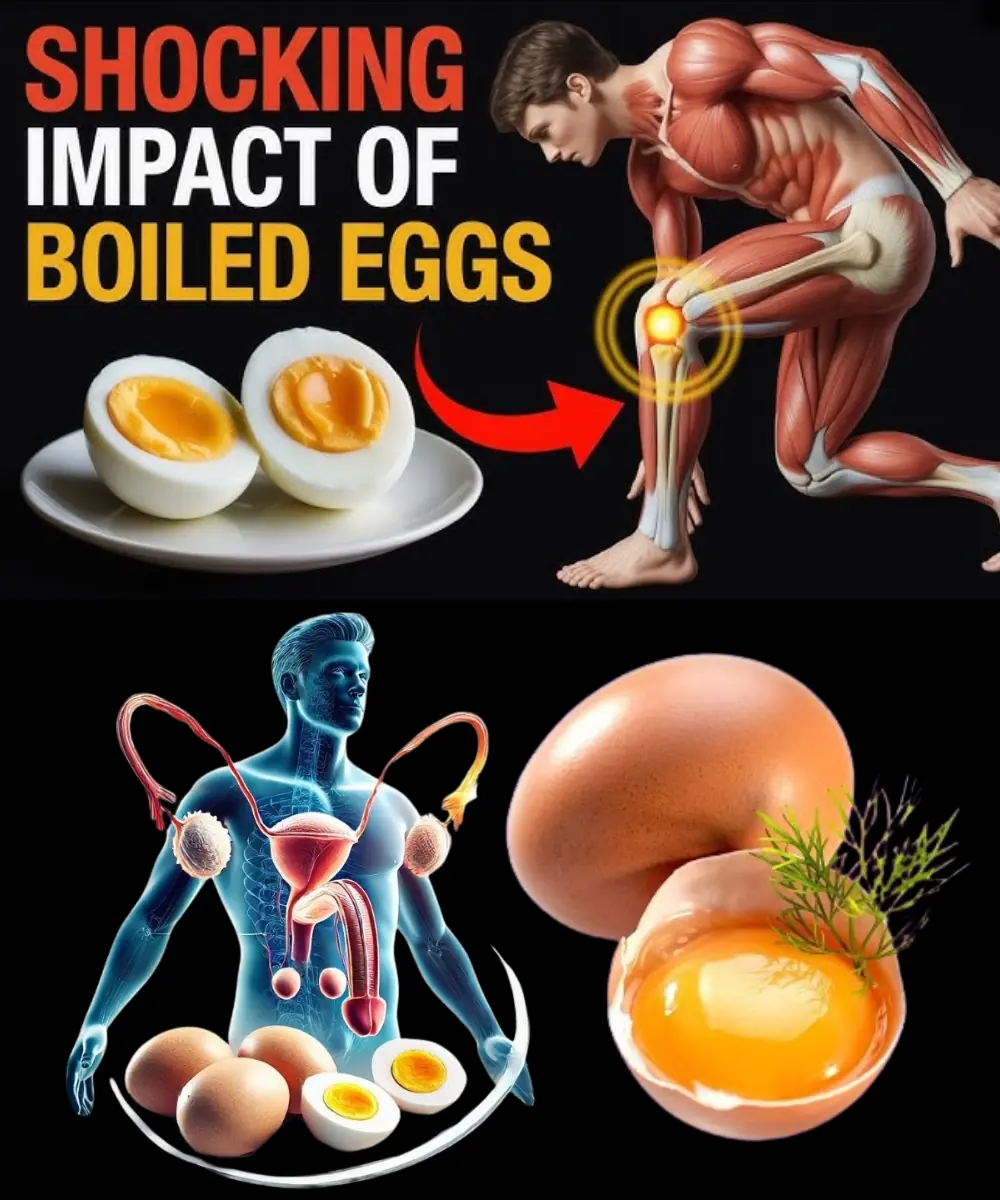
When You Start Eating 2 Eggs Every Day, Here’s What Happens to Your Body (Is It BAD??)

13 Warning Signs Your Kidneys Are Failing – Don’t Ignore These Symptoms

Save Your Heart: 8 Foods to Naturally Lower Cholesterol

Silent Signs of Artery Blockages Seniors Can’t Ignore
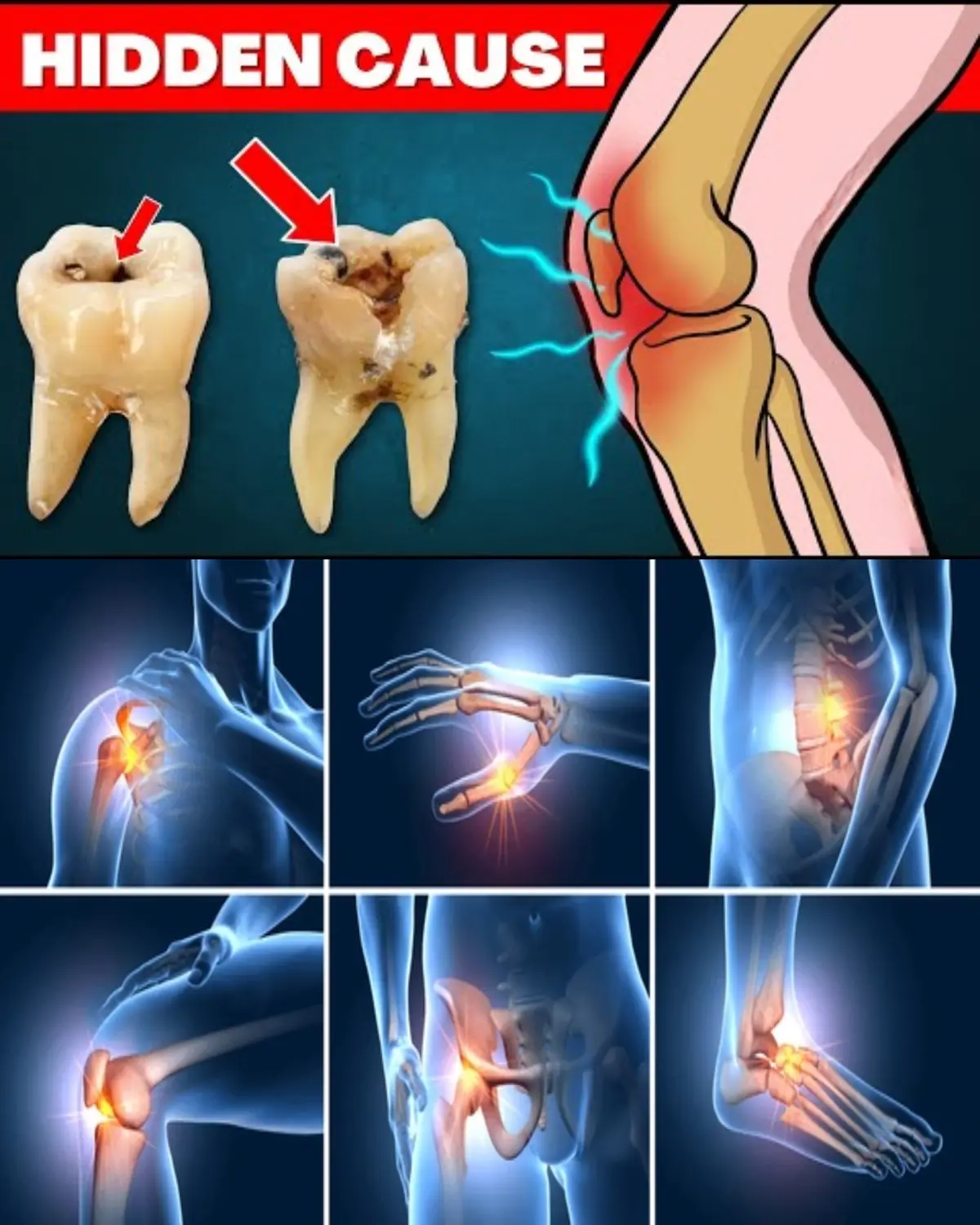
Beware: The Hidden Culprit Fueling Your Arthritis Pain
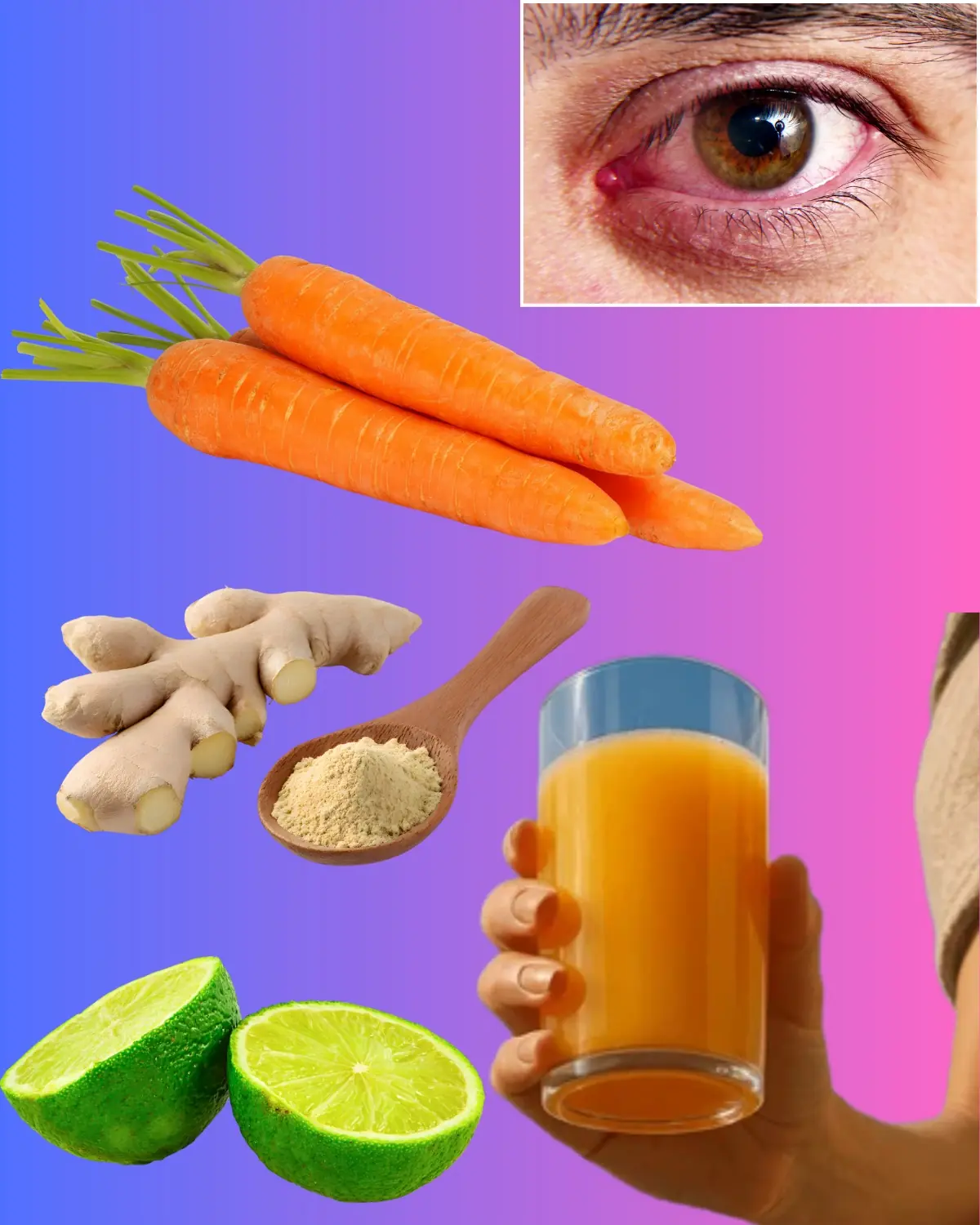
Boost Your Eye Health Naturally with Carrot and Ginger Juice
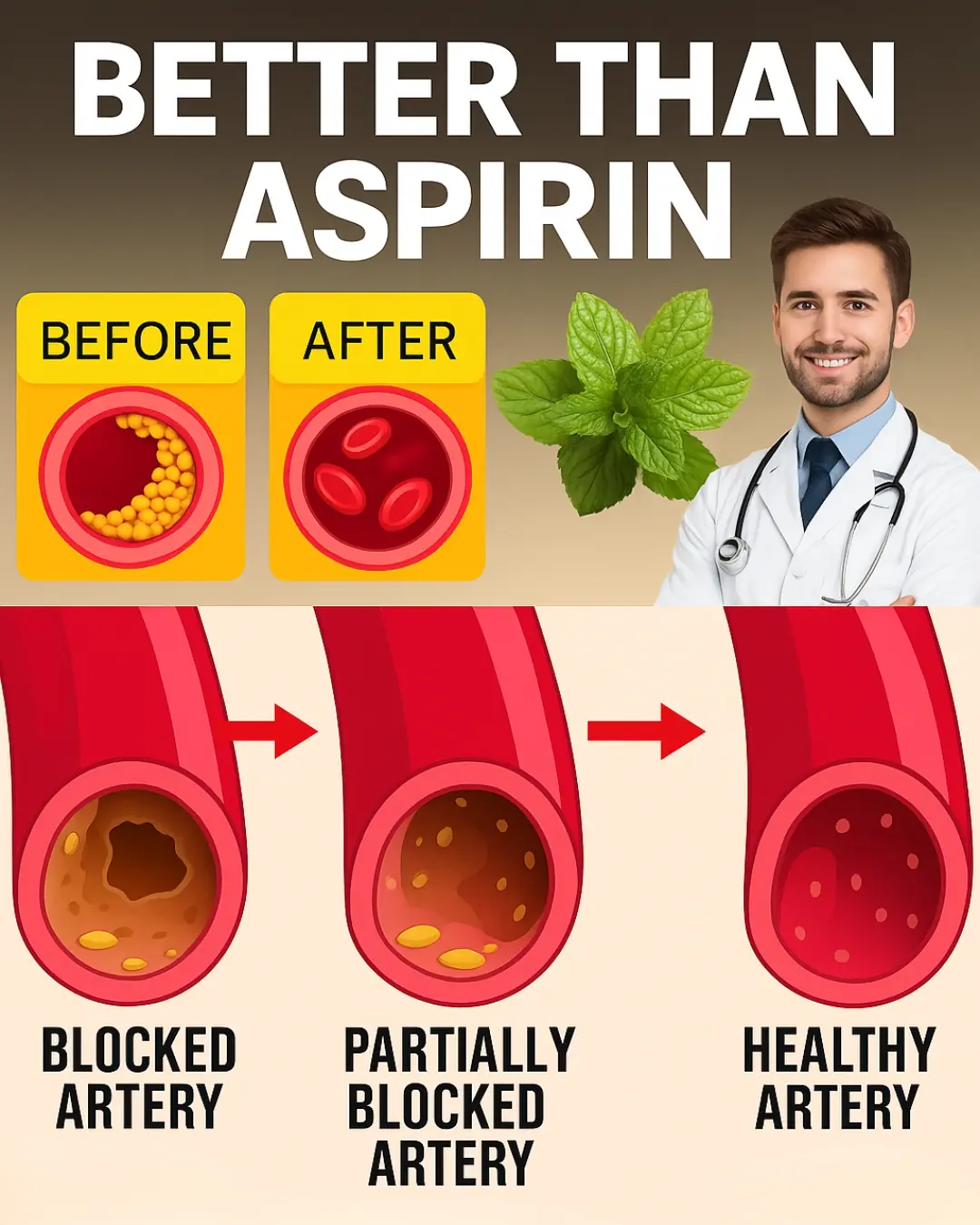
Say Goodbye to Clogged Arteries with Powerful Foods
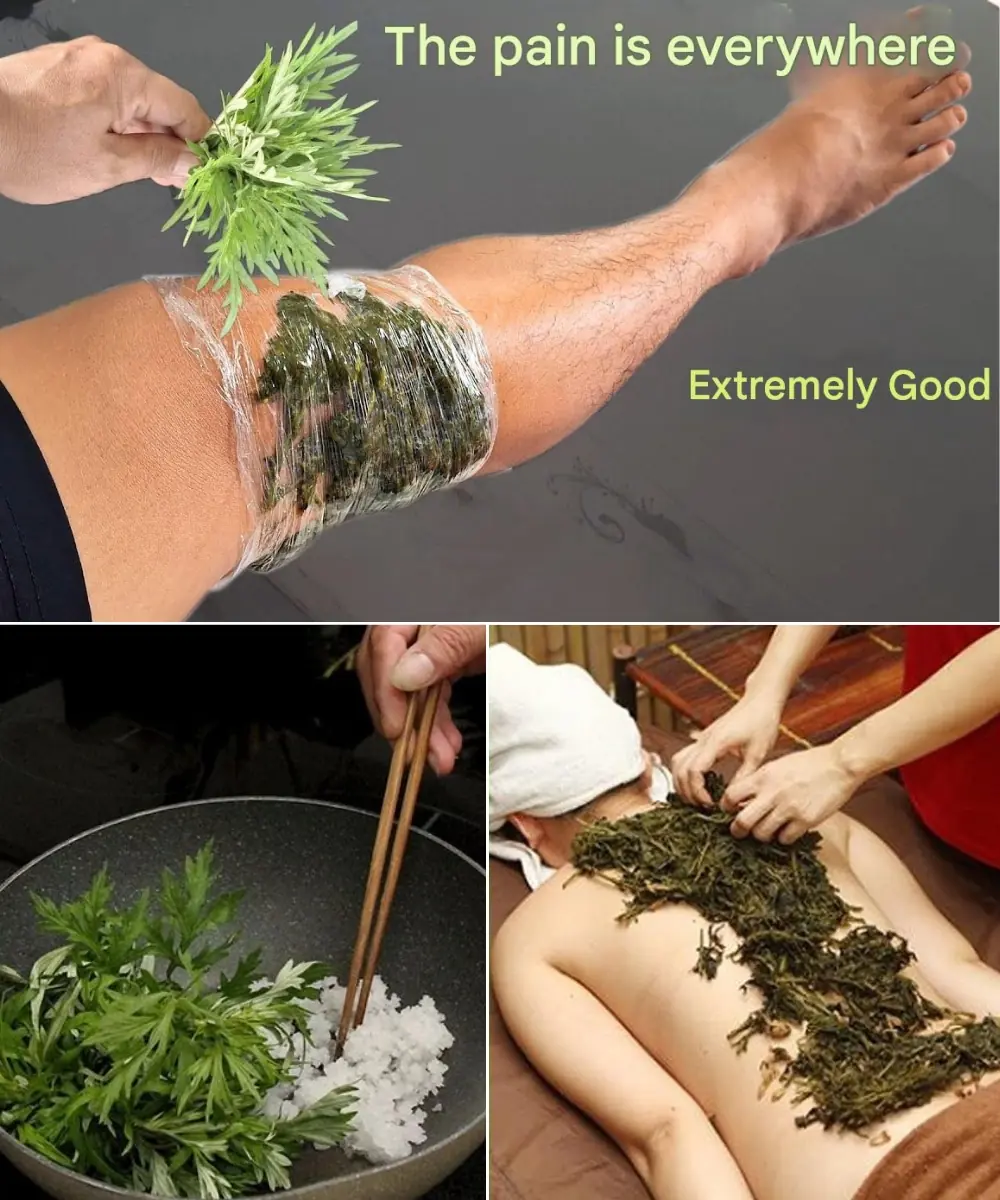
Say Goodbye to Joint and Bone Pain Naturally with This Ancient Herbal Remedy
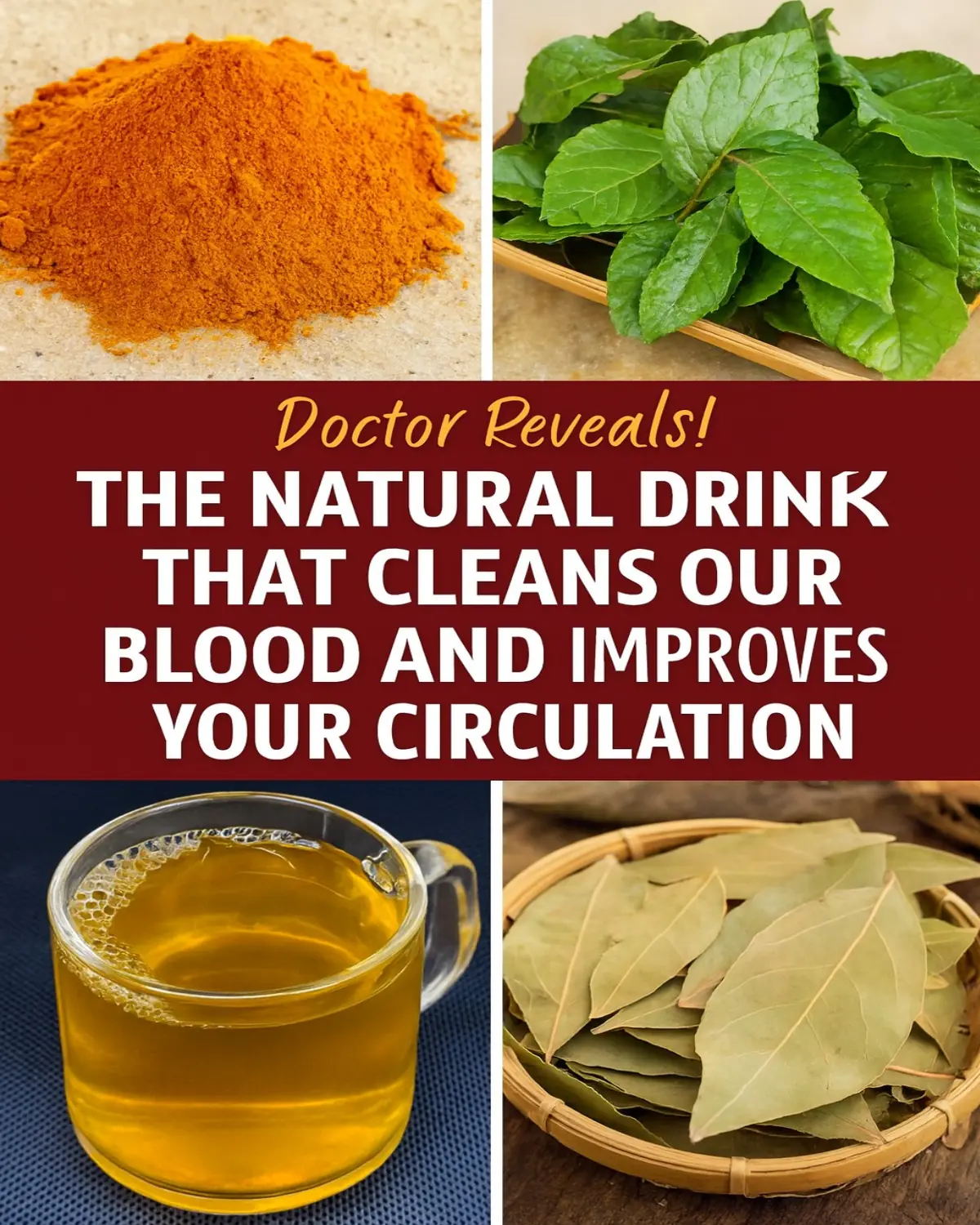
Doctor Reveals: A Natural Drink That Supports Healthy Blood and Circulation
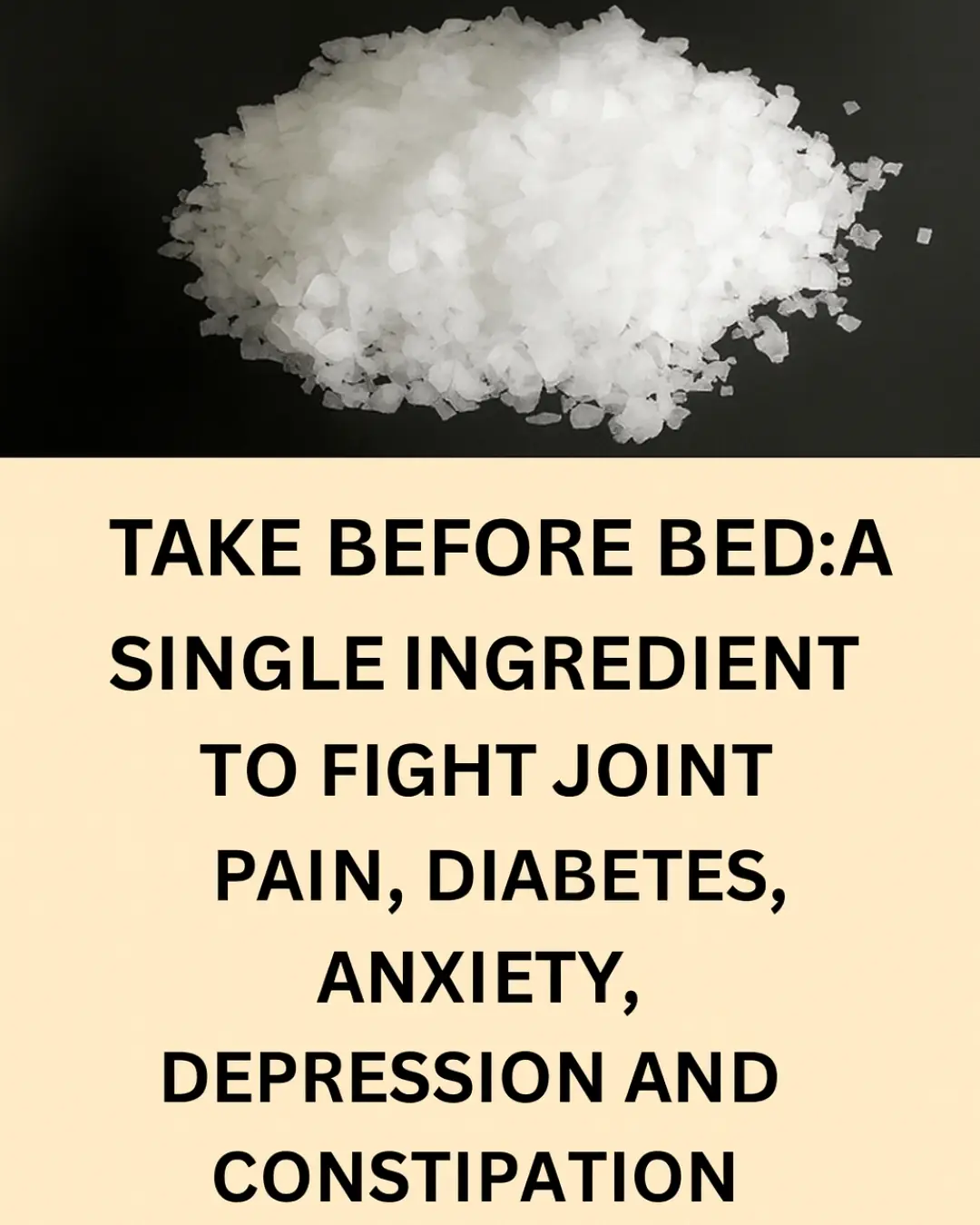
Take This Before Bed — and Wake Up Transformed
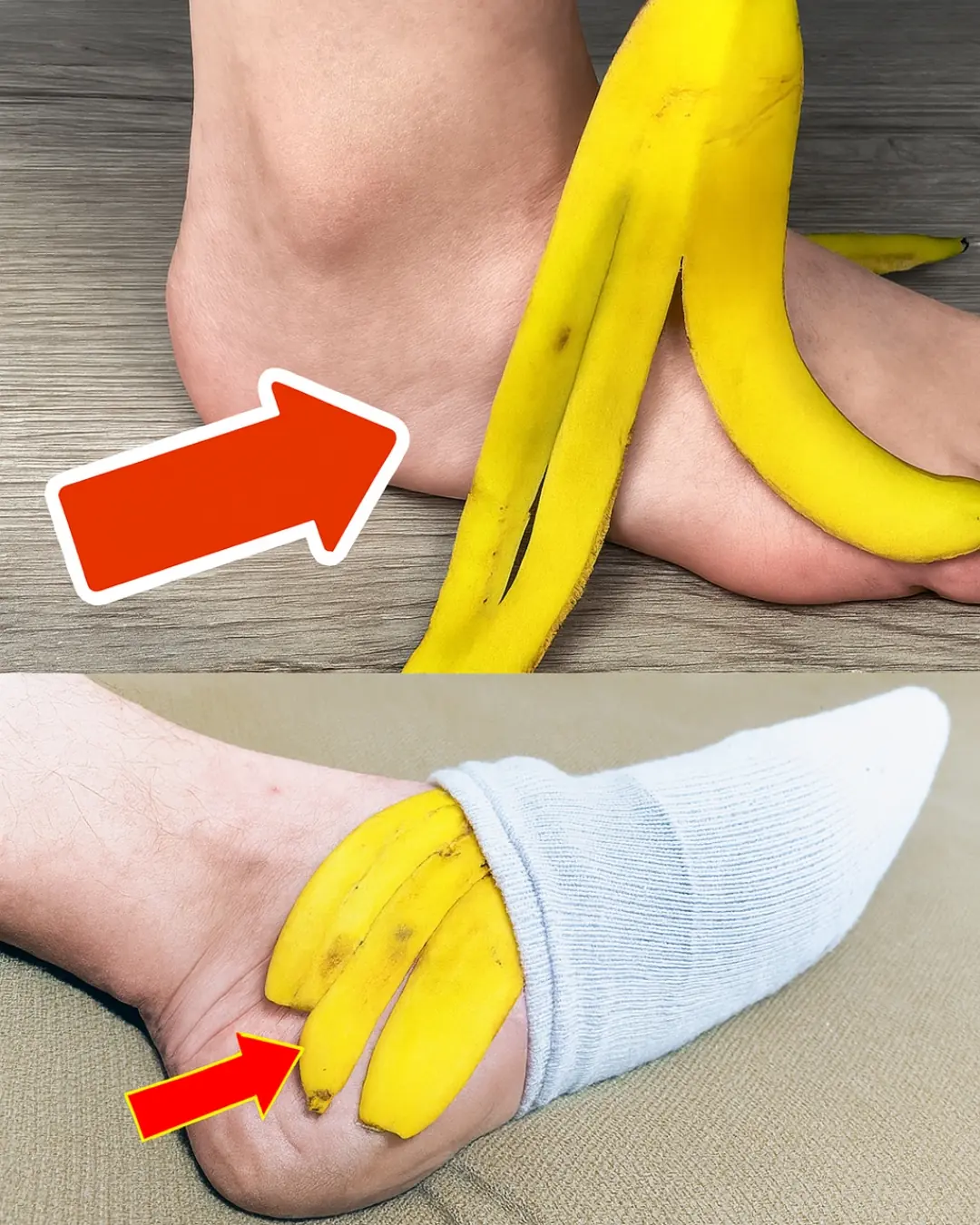
Banana Peel on Your Feet: A Surprising Natural Remedy You’ll Love

Lower Creatinine Naturally Overnight: 5 Bedtime Drinks for Kidney Support After 60

Blend Banana with Lemon: A Refreshing and Healthy Homemade Delight
News Post

I’m 66 but Look 36 — My Secret? Aloe Vera & Ginger for Firm, Smooth Skin

How to Make Okra Water to Treat 17 Health Problems Naturally

Banana and Egg Mask to Look Younger Even in Your 80s

Scent Leaf Secrets Unveiled: 10 Surprising Health Benefits of This Miracle Herb

From White Hair to Black Hair Naturally in Just 5 Minutes — Fast Hair Growth Remedy

Boost Your Immune System Year-Round with Garlic, Onion, and Lemon

When You Start Eating 2 Eggs Every Day, Here’s What Happens to Your Body (Is It BAD??)

13 Warning Signs Your Kidneys Are Failing – Don’t Ignore These Symptoms

Save Your Heart: 8 Foods to Naturally Lower Cholesterol

Silent Signs of Artery Blockages Seniors Can’t Ignore

Beware: The Hidden Culprit Fueling Your Arthritis Pain

Boost Your Eye Health Naturally with Carrot and Ginger Juice

Say Goodbye to Clogged Arteries with Powerful Foods

Say Goodbye to Joint and Bone Pain Naturally with This Ancient Herbal Remedy

Japan’s Ingenious Cardboard Beds: Dignity and Design in Times of Disaster

The Windows 10 Wallpaper That Was Shockingly Real

Olympic Medal Turned Into a Miracle: The Selfless Act of Maria Andrejczyk

Doctor Reveals: A Natural Drink That Supports Healthy Blood and Circulation
